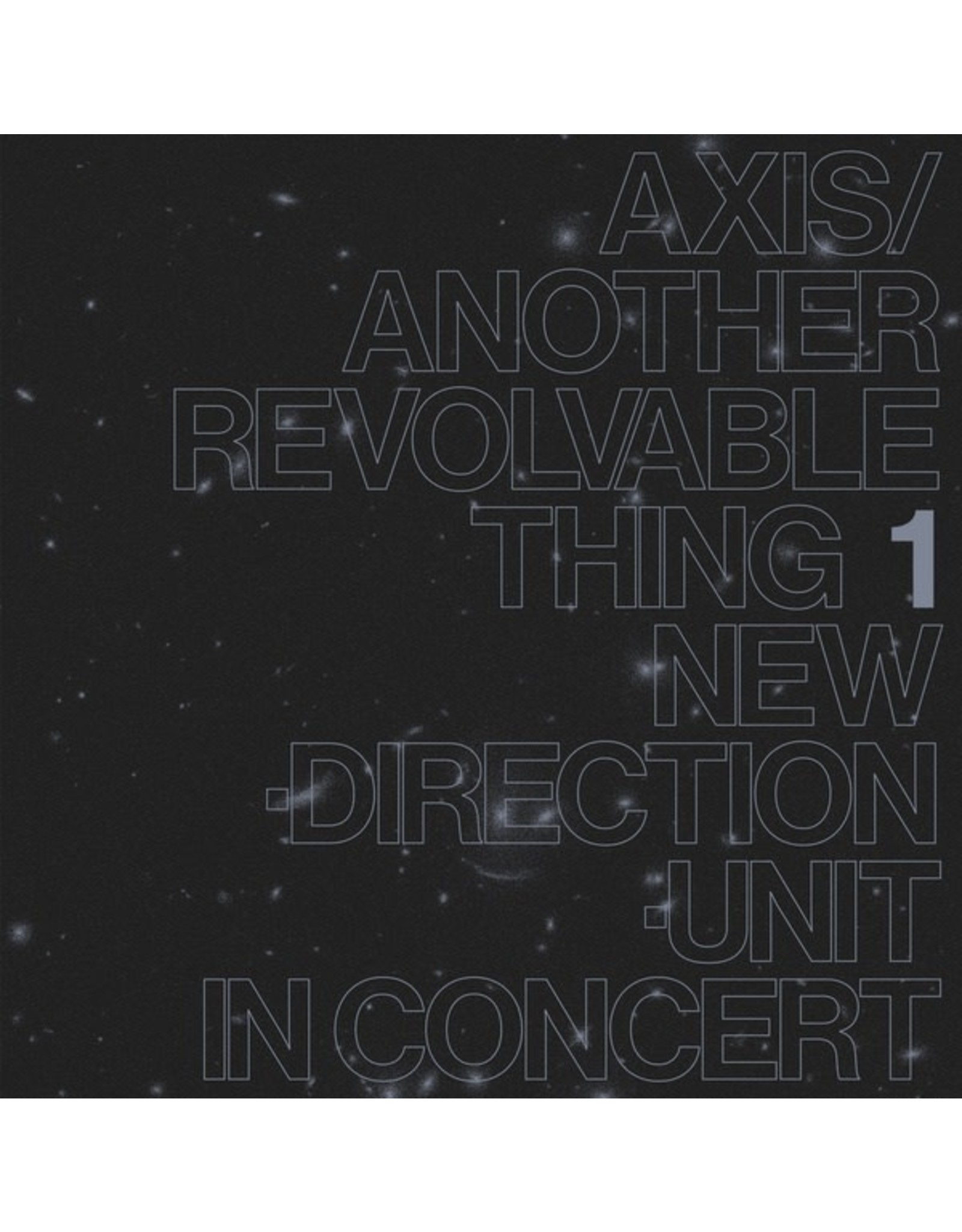Takayanagi New Direction Unit, Masayuki: Axis/Another Revolvable Thing 1 LP
| Availability: | In stock |
Axis/Another Revolvable Thing 1 is released alongside Axis/Another Revolvable Thing 2 (BF 016LP). Axis/Another Revolvable Thing is the second installment of Blank Forms' archival reissues of the music of Japan's eternal revolutionary Masayuki Takayanagi, following April Is The Cruellest Month (BF 008CD/LP), a 1975 studio record by his New Direction Unit. Comprised of recordings of a September 5, 1975 concert by the New Direction Unit at Yasuda Seimei Hall in Tokyo's Shinjuku district, the two-part set showcases Takayanagi in deep pursuit of what he began calling "non-section music" after leaping beyond the confines of his prior descriptor "real jazz". The quartet of Takayanagi (guitar), Kenji Mori (reeds), Nobuyoshi Ino (bass, cello), and Hiroshi Yamazaki (percussion) deftly explores the twin poles of Takayanagi's spacious "gradually projection" and explosively virulent "mass projection" concepts across six pieces, titled "Fragments I-VI". Includes original liner notes by Japanese free jazz critic Teruto Soejima (newly translated for this edition). Originally issued in two individual LP volumes in rearranged order; the two separate LP reissues, Axis/Another Revolvable Thing 1 (BF 015LP) and Axis/Another Revolvable Thing 2 (BF 016LP), keep this rearranged order. Masayuki "Jojo" Takayanagi (1932-1991) was a maverick Japanese guitarist, a revolutionary spirit whose oeuvre embodied the radical political movements of late '60s Japan. Having cut his teeth as an accomplished Lennie Tristano disciple playing cool jazz in the late '50s, Takayanagi had his mind blown by the Chicago Transit Authority's "Free Form Guitar" in 1969 and promptly turned his back on the jazz scene. Takayanagi had found a new direction, an annihilation of jazz and its associated idolatry of hegemonic American culture. Aiming his virtuoso chops towards the stratosphere, Takayanagi dedicated himself to the art of the freakout, laying waste to tradition left and right, most notably via the all-out assault of his aptly-named New Direction for the Arts (later New Direction Unit) and collaborations with like-minded outsider saxophonist Kaoru Abe. His innovations on the instrument parallel those of Sonny Sharrock and Derek Bailey and paved the way for the Japanese necromancy of Keiji Haino and Otomo Yoshihide.




